Affiliate links on Android Authority may earn us a commission. Learn more.
RIP LG G series: Waving goodbye to a true innovator
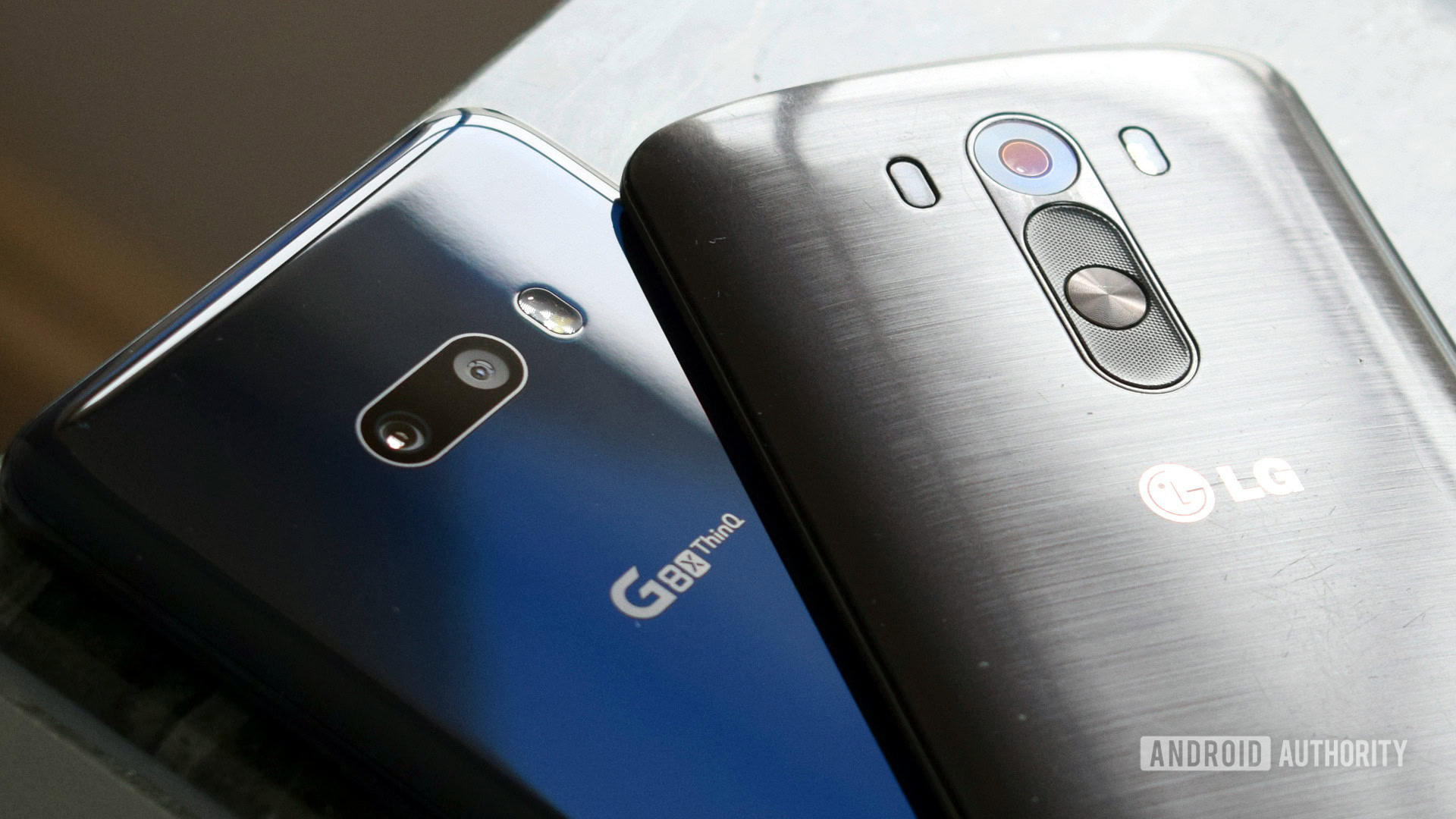
It’s time to bid farewell to the LG G series (2012 – 2019). After eight generations and around 30 different handset variants that I challenge anyone to name in full from memory, LG has officially closed the door on its G flagship range, succeeding the series with the new LG Velvet.
In Android circles, the LG G series sits right up there with the Galaxy S, HTC One, and Xperia brands as storied icons of the mobile industry. Like the rest of the Android old guard, LG has certainly had its share of hits and misses over the years. But the G series has been an important feature in the yearly flagship cycle for as long as I’ve been in the industry. Ending the range is no small decision and marks a new chapter in LG’s smartphone journey.
As an LG fan, it’s only right to pay homage to the great (and not so great) flagship handsets to have come out of the LG G series over the years.
Related: Best 5 LG phones you can buy right now (April 2020)
The early (good) years
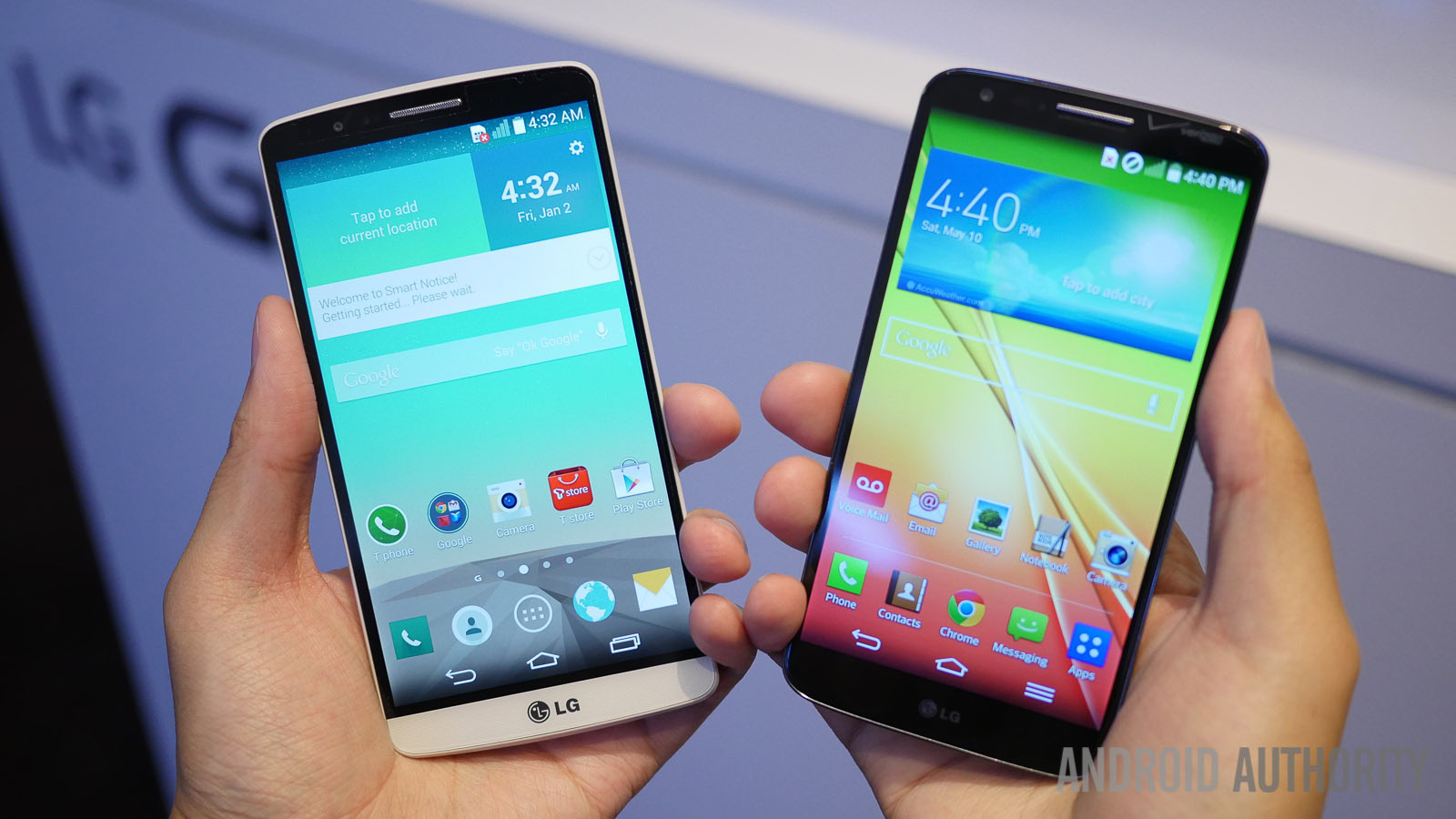
The LG Optimus G launched back in 2012, representing the company’s break into the fledgling smartphone market. It was one of the first handsets with Qualcomm’s then cutting edge quad-core Snapdragon S4 Pro processor — an early example of setting industry firsts that would quickly become a core principle of the G series philosophy. The blocky design won’t be familiar to today’s LG users, but it paved the way for the first highlight in the G series’ history — 2013’s LG G2.
The LG G2 provided serious competition to the industry leaders and set the tone for the company’s early success. Boasting a 1080p display with comparatively thin bezels, a great 13MP camera, 60fps 1080p video recording, and a big 3,000mAh battery, the phone showcased what smartphones could really do. The September release schedule allowed the G2 to secure another of Qualcomm’s high-end processors before the competition, grabbing the attention of mobile enthusiasts worldwide.
With the G2 and G3, LG set itself up to become a serious mobile leader.
LG refined the formula with the LG G3 and seemingly couldn’t put a foot wrong. We called it “LG’s best phone ever and one of the year’s finest” thanks to its great camera, design, nifty software tricks, and the industry’s first QHD display. Between the solid hardware of the G2 and G3, LG set itself out to become a leader in the flagship market.
Teenage experimentalism
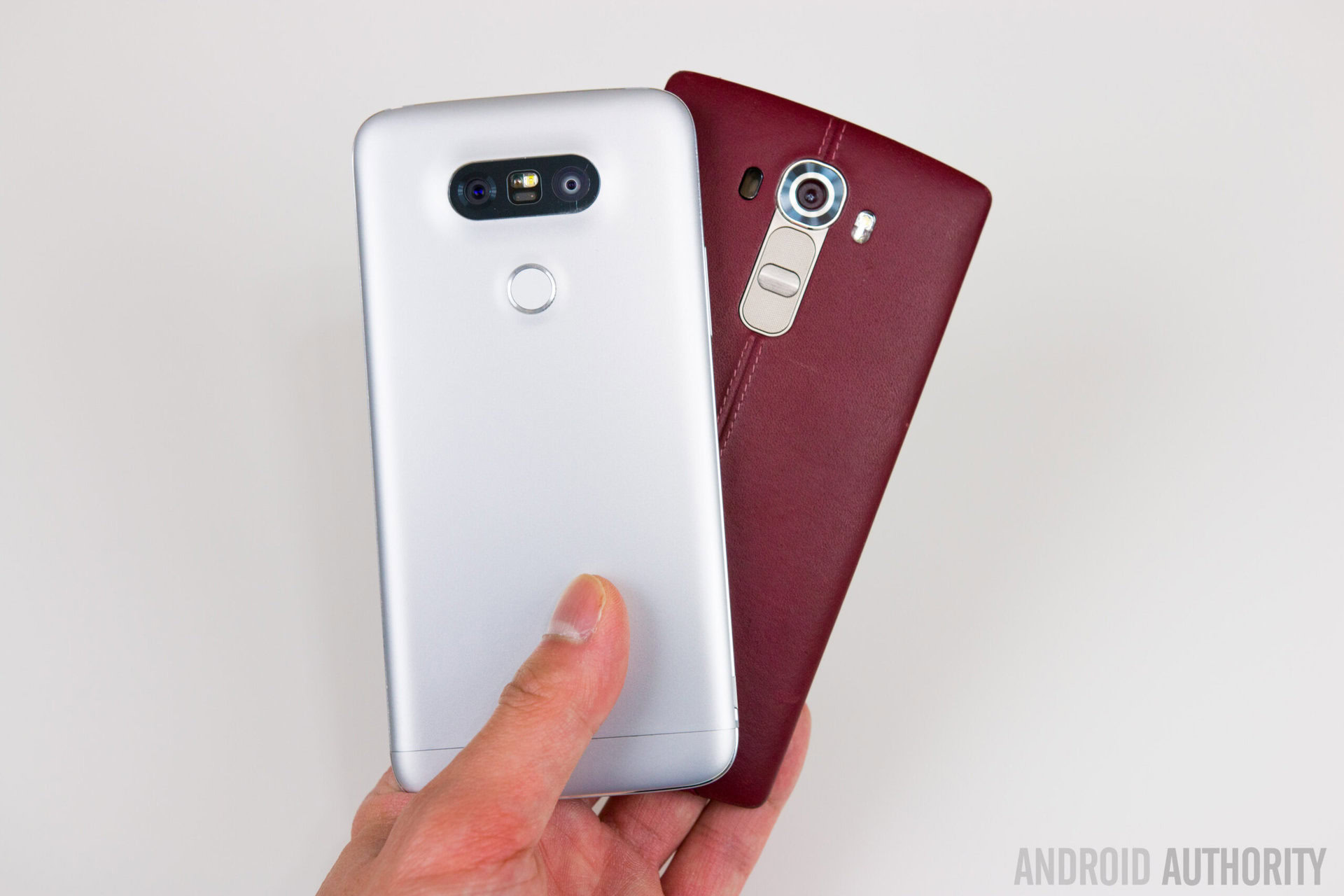
After its initial success, the LG G brand became increasingly experimental. The LG G3 began pushing the boat with a QHD display and laser autofocus system, while the LG G4 went further with a curved display, wireless charging long before it was commonplace, and a selection of backplate materials. The phone controversially dodged the rather warm Snapdragon 810 processor for a slower 808 version, causing some to question LG’s flagship credentials. But it was the boot loop issue that really hurt LG’s reputation.
The G4 was still a good phone, but the LG G5 tripped over that fine line between visionary and madness. There was some enthusiast hype around modular phones like Project Ara at the time, which saw LG, Essential, and the Moto Z hop on the modular bandwagon at various points. However, LG’s camera and audio attachments failed to provide groundbreaking new experiences, dooming the exercise to failure. Modularity also sacrificed wireless charging and battery capacity, two of LG’s previous strong points.
The LG G5 did help kickstart the trend in wide-angle and dual cameras and put the company on the radar of audiophiles. However it certainly wasn’t a traditional G phone which saw reviewers add another lump to LG’s increasingly sore brand image.
Getting back to basics
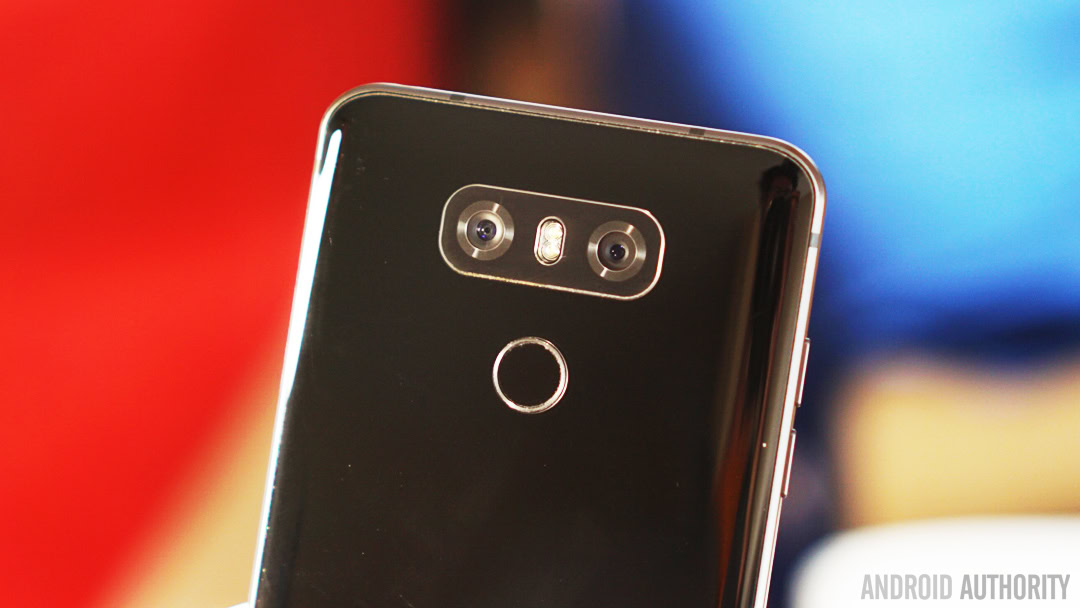
Needless to say the gimmicky LG G5 was a disaster. Despite promises to support the modular philosophy, the idea was quickly ditched and a return to normality ensued with the LG G6. The G6 was a welcome return to form with competitive specs, a beautiful glass/metal build, a solid camera, and brilliant audio. But after two years in the wilderness, LG struggled to regain its previous traction.
In an alternate universe, we might talk about LG in the same vein as giants Samsung and HUAWEI.
LG couldn’t keep away from controversy for long though. The company returned with the oddly named LG G7 ThinQ the following year, with the newly affixed “ThinQ” branding attempting to unify its phone brand with… smart fridges. The G series had produced another competent phone, but the brand struggled to find a fanbase or niche to call its own. The retail discounts quickly followed — a harsh punishment for early adopters and a trend that would continue with many future LG phones.
Sales had hit rock bottom and the follow-up, the LG G8 ThinQ, failed to gain any traction. In a sad turn of events, the LG series had failed to find a foothold a modern market dominated by established premium brands and affordable Chinese handsets. In a somewhat fitting finale, the G series left us with one last throw of the gimmick dice — a dual-screen accessory with the LG G8X ThinQ.
The later G series years produced a number of good handsets that are arguably still underappreciated. I wonder if LG G’s experimental wilderness years ultimately ended up costing the company essential momentum at a time when Chinese brands began ramping up their brand recognition and competitiveness. In an alternate universe, we might talk about LG in the same vein as giants Samsung and HUAWEI. Although we can’t discount the cannibalizing effect of the LG V series on the G range either.
G makes way for Velvet
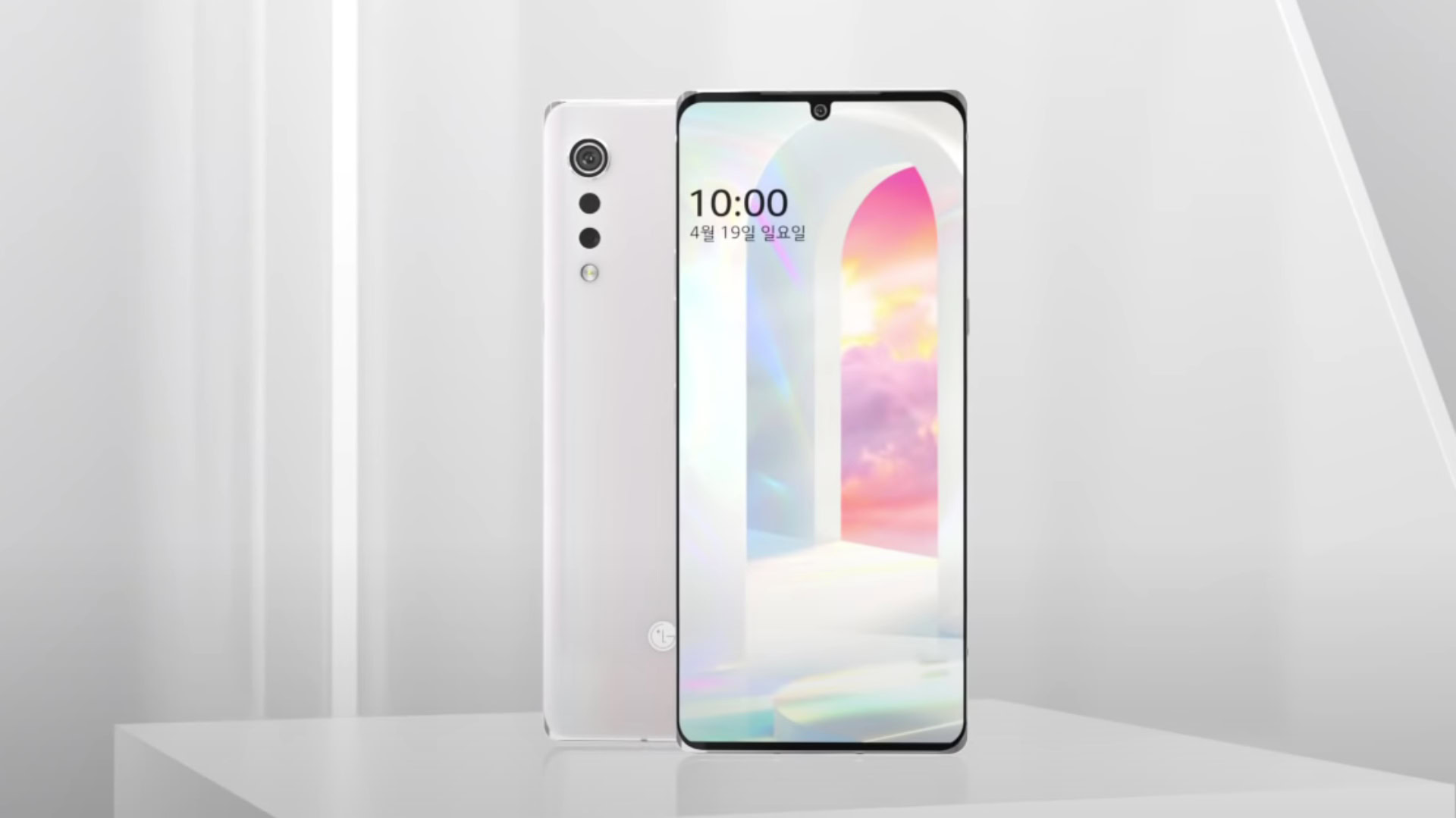
The end of the G brand marks a change in direction for LG’s mobile plans. Rather than competing for bleeding-edge specs like the old days, the LG Velvet targets the “mass-market flagship.” This means a more conservative hardware package and a lower price tag to match.
Which was your favorite main LG G series phone?
While this may be disappointing for long-time LG flagship fans, it presents new opportunities. Without the distraction of bleed-edge tech, LG can hopefully optimize its user experience around the core concepts consumers care about: battery life, design, and cameras. LG has correctly identified a gap in the market, sitting between the mid-tier and the increasingly expensive premium tier. Around $700 is an appealing price point, but LG will have to go up against brands like OnePlus and Xiaomi, who know this market well.
We’ll just have to wait to get our hands on the LG Velvet when it finally launches globally (hopefully soon) to judge whether or not this new approach has paid off.